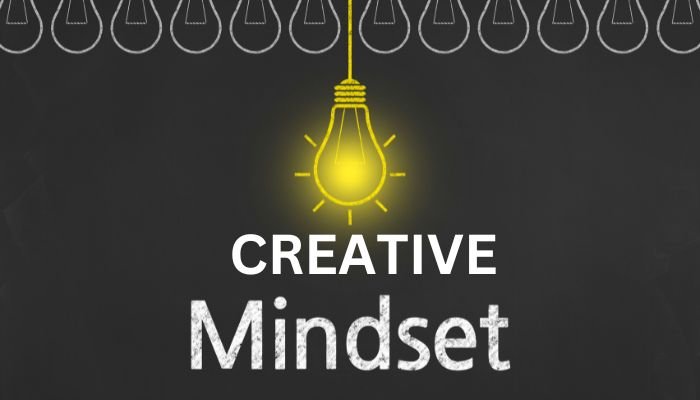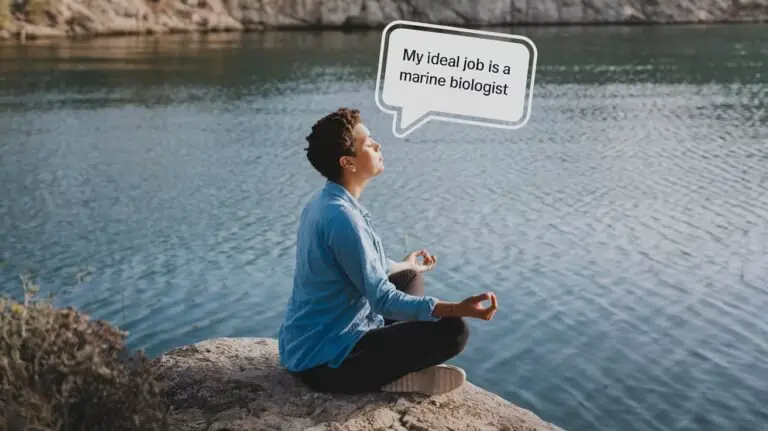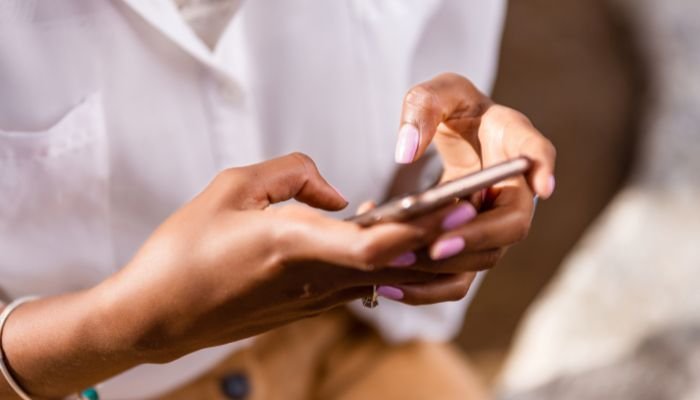Disclaimer: This post may contain affiliate links, meaning we get a small commission if you make a purchase through our link at no extra cost to you. For more information, please visit our Disclaimer Page.
Have you ever been stuck in a creative bottle?
Have you ever found yourself in a situation where you need to develop a creative mindset to generate the next idea, but instead, you’re stuck in the creative bottle?
Creativity has the power to take you places, but unfortunately, many people find it difficult to unlock it to its fullest potential.
In this specific blog post, we’ll explore the topic of creativity, with a focus on creative thinking.
We’ll look at how a change in perspective can unlock new creative possibilities and help you generate ideas more freely.

Developing a Creative Mindset
A creative mindset is essential, no matter what field you’re in. Whether you’re an artist, entrepreneur, or professional, being able to think creatively gives you an edge. It allows you to solve problems and come up with innovative ideas.
Creativity isn’t just for a select few. Anyone can develop it with the right mindset. By understanding the key traits of a creative mindset, you can start unlocking your own potential and think more imaginatively.
Key Qualities of a Creative Mindset:
- Curiosity: A creative mindset starts with being curious. You’re always asking “why” and “what if,” driving you to explore new ideas and dive deeper into subjects you care about.
- Openness to Experience: You’re open to new ideas and experiences. You’re willing to try new things and step outside your comfort zone.
- Flexibility: You can adjust your thinking when needed. When one approach doesn’t work, you quickly pivot and find a new way to solve the problem.
- Risk-Taking: Creativity involves taking risks. You’re not afraid to try something different and challenge the norm.
- Persistence: Creative people don’t give up easily. You push through obstacles and keep refining your ideas until they take shape.
- Imagination: You can see possibilities that others might miss. Your ability to imagine new ideas helps you create and innovate.
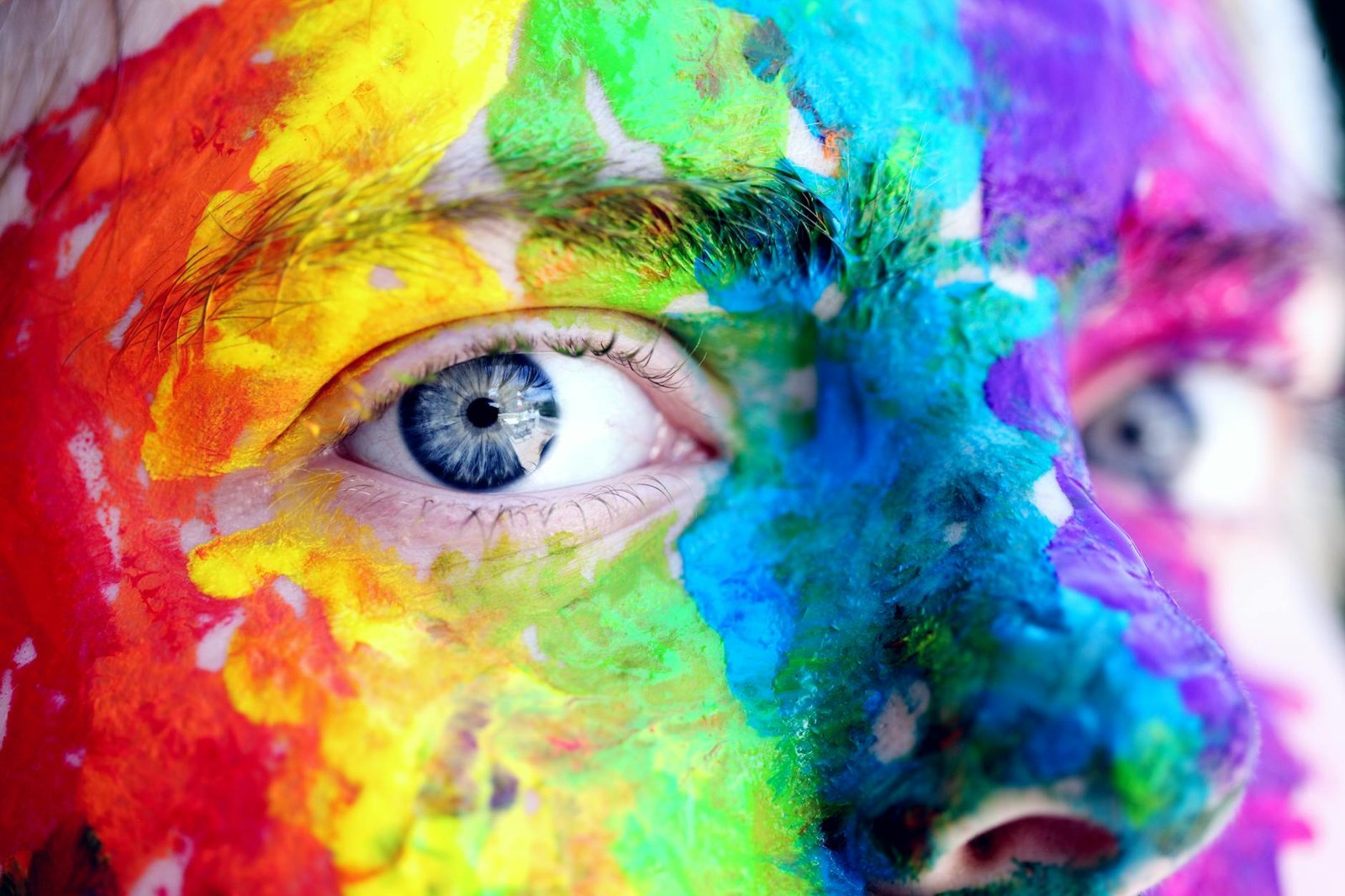
Identity and Creativity
As we delve deeper into the realm of a creative mindset, it’s crucial to explore the intricate relationship between your identity and creativity. Understanding this connection can unlock new dimensions of your creative potential and help you reshape your self-perception as a creative individual.
What is Creativity?
Creativity goes beyond artistic expression or “thinking outside the box.” At its core, creativity is your ability to generate novel and valuable ideas, solutions, or products. It’s the spark that ignites innovation and drives progress in every aspect of life.
Creativity can be thought of as:
- A problem-solving tool
- A means of self-expression
- The ability to see connections where others don’t
- The courage to challenge existing norms and ideas
Creativity isn’t limited to traditionally “creative” fields like art or music. It’s a fundamental human trait that can be applied to any area of life—from cooking and parenting to business strategy and scientific research.
The Creative Process
Your creative process typically involves several stages:
- Preparation: Gathering information and resources
- Incubation: Letting ideas simmer in your subconscious
- Illumination: The “aha!” moment when an idea strikes
- Evaluation: Assessing the validity and value of your idea
- Implementation: Bringing your idea to life
Understanding this process can help you nurture your creativity more effectively. Creativity isn’t about waiting for inspiration—it’s about cultivating a mindset that allows ideas to flourish.
Why is Creativity Important?
In today’s rapidly changing world, creativity is more important than ever. Here’s why you should prioritize developing your creative skills:
- Problem-solving: Creative thinking helps you tackle complex challenges from fresh angles, leading to innovative solutions.
- Adaptability: In a world of constant change, creative individuals are better equipped to adapt and thrive.
- Personal growth: Engaging in creative activities fosters self-discovery and personal development.
- Professional success: Employers increasingly value creativity as a key skill in the workplace.
- Mental health: Creative pursuits can reduce stress, improve mood, and enhance overall well-being.
- Innovation: Creativity drives progress in all fields, from technology to social issues.
- Self-expression: Creativity provides an outlet for expressing your unique perspective and experiences.
By embracing your creative side, you open yourself up to a world of possibilities. You become more resilient, adaptable, and better equipped to navigate life’s challenges.
Creativity in Everyday Life
You don’t need to be an artist or inventor to benefit from creativity. Here are some ways to incorporate creative thinking into your daily routine:
- Look for unconventional solutions to everyday problems
- Try new hobbies or activities that challenge your skills
- Practice mindfulness to enhance your observational skills
- Engage in “what if” scenarios to stretch your imagination
- Collaborate with others to spark new ideas
Choosing a New Creative Identity
Now that you understand the importance of creativity, it’s time to consider how you can reshape your identity to embrace your creative potential. Your identity—how you see yourself and how others perceive you—plays a crucial role in your creative journey.
Overcoming the “I’m Not Creative” Mindset
Many people mistakenly believe they’re not creative. This self-limiting belief can stem from various sources:
- Comparisons to others perceived as more creative
- Narrow definitions of creativity
- Past experiences or criticism
- Fear of failure or judgment
To overcome this mindset, you need to:
- Recognize that creativity is a skill that can be developed, not an innate talent.
- Challenge your assumptions about what it means to be creative.
- Embrace the idea that everyone has creative potential.
- Start small and celebrate your creative efforts, regardless of the outcome.
Steps to Develop a Creative Identity
- Redefine creativity: Expand your definition of creativity beyond artistic pursuits. Recognize that problem-solving, innovation, and unique perspectives are all forms of creativity.
- Identify your creative strengths: Reflect on areas where you naturally think differently or come up with unique solutions. These are your creative strengths.
- Practice creative habits: Incorporate creativity into your daily routine. This could involve journaling, sketching, or simply looking at everyday situations from new angles.
- Surround yourself with creativity: Engage with creative people, visit art galleries, read diverse books, or attend workshops to stimulate your creative thinking.
- Embrace failure: Understand that failure is a natural part of the creative process. View it as a learning opportunity rather than a reflection of your abilities.
- Set creative goals: Challenge yourself with projects or goals that push your creative boundaries. This could be anything from writing a short story to redesigning your living space.
- Use affirmations: Regularly remind yourself of your creative potential with positive affirmations like “I am creative” or “I have valuable ideas to share.”
Nurturing Your New Creative Identity
As you begin to see yourself as a creative individual, it’s important to nurture this new identity:
- Document your creative journey: Keep a journal or portfolio of your creative efforts and ideas.
- Share your creativity: Don’t be afraid to share your creative work or ideas with others. This reinforces your creative identity and can lead to valuable feedback.
- Continually learn and explore: Stay curious and open to new experiences that can fuel your creativity.
- Find a creative community: Connect with like-minded individuals who can support and inspire your creative growth.
By consciously choosing and nurturing a creative identity, you open yourself up to a world of possibilities.
You’ll start to approach challenges with fresh perspectives, find joy in the creative process, and discover new facets of yourself.
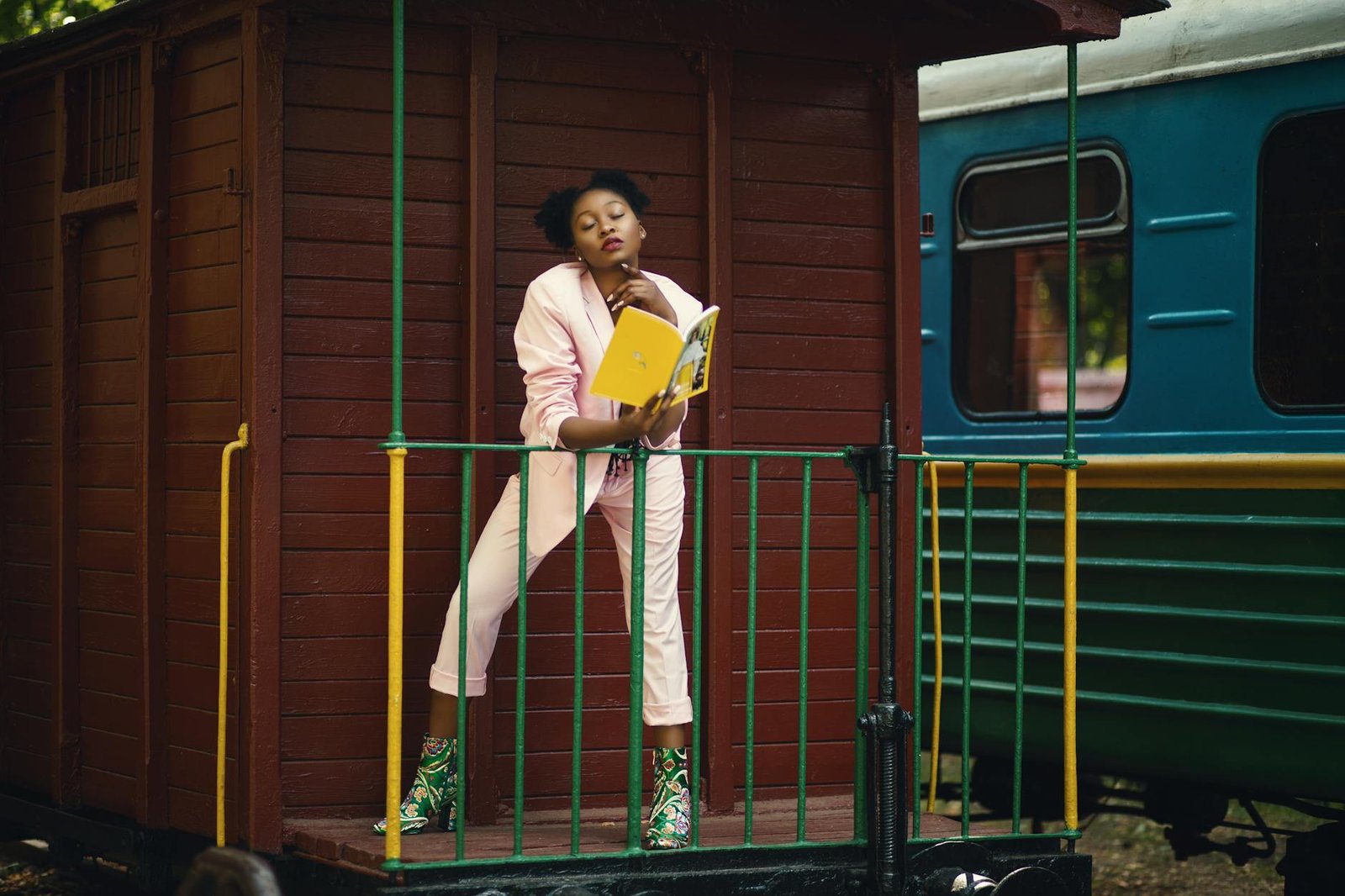
What Limits Our Creativity and Mindset
As you explore the connection between your identity and creativity, you may wonder why it can sometimes be challenging to tap into your full creative potential.
Creativity Blocks
Creativity blocks are common barriers that can hinder your flow and limit your ability to think outside the box. Understanding these obstacles is the first step in overcoming them. Below are some of the most common creativity blocks you might face:
- Fear of failure:
You might hesitate to pursue creative ideas due to the fear of mistakes or judgment. - Perfectionism:
The pursuit of perfection can paralyze you, making it hard to start or finish projects. - Self-doubt:
Questioning your abilities or comparing yourself to others can stifle your confidence and creativity. - Lack of time or resources:
Overwhelm from other commitments or limited resources can obstruct your creative pursuits. - Rigid thinking patterns:
Sticking to the same approaches can prevent you from exploring innovative solutions. - External criticism:
Negative feedback from others can dampen your spirit and diminish your creative energy. - Information overload:
Too much input from various sources can overwhelm your mind, leaving little room for original ideas.
Identifying these blocks in your journey is crucial. By recognizing what holds you back, you can take steps to break through these barriers and cultivate a more creative mindset.
Tackling Our Limitations
Now that you’re aware of the common creativity blocks, it’s time to focus on strategies to overcome them. Here are practical steps you can take to break through your creative barriers:
- Embrace failure as a learning opportunity:
Shift your mindset around failure. Instead of fearing it, see it as an essential part of the creative process. Every “failure” brings valuable lessons and takes you closer to success. - Practice mindfulness and meditation:
These practices help quiet your inner critic, reduce anxiety, and create mental space for new, creative ideas to surface. - Set realistic goals and deadlines:
Break large projects into smaller tasks. This approach makes the process less overwhelming and helps prevent perfectionism from taking over. - Cultivate a growth mindset:
Believe in your ability to learn and grow as a creative person. This mindset encourages resilience and perseverance through challenges. - Create a supportive environment:
Surround yourself with people who inspire and support your creativity. Seek out mentors, join creative communities, or build a mastermind group. - Implement time-management techniques:
Methods like the Pomodoro Technique or time-blocking can help you prioritize creative tasks, even when time feels limited. - Embrace constraints:
View limitations as opportunities for creative problem-solving. Constraints can spark unique ideas and solutions. - Practice divergent thinking:
Engage in exercises that encourage generating multiple ideas for a single problem. This flexibility helps break rigid thinking patterns. - Seek constructive feedback:
Rather than avoiding criticism, actively seek feedback from trusted sources to gain perspective and improve your work. - Implement a digital detox:
Take regular breaks from digital devices to avoid information overload. This can help clear your mind and make space for fresh, creative thoughts.
By incorporating these strategies, you can overcome the limitations holding back your creativity and start tapping into your full potential.
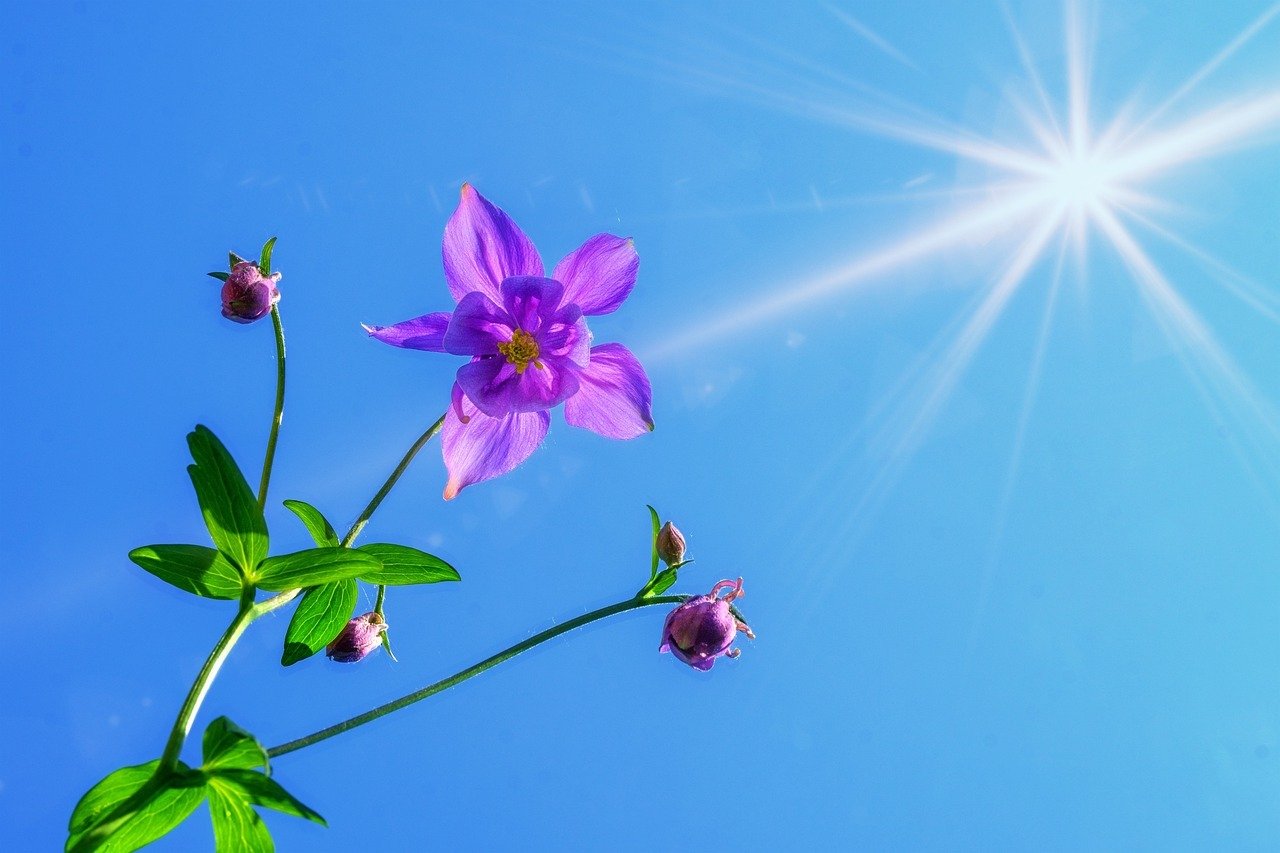
Having a Creative Habits and Practices Routine
Now that you understand the factors that can limit your creativity and mindset, it’s time to take actionable steps towards cultivating a more creative approach to life and work.
By implementing specific habits, reframing your relationship with fear, and committing to continuous learning, you can unlock your creative potential and nurture a mindset that thrives on innovation and original thinking.
The mind can never reach it’s full potential, so it is always good to keep enhancing and stepping up our creativity up a notch-if you will.
How you can do that?
Here are some steps to help you do just that:
Developing a creative mindset isn’t something that happens overnight. It requires consistent effort and the cultivation of habits that support and nurture your creative abilities. Here are some practices you can incorporate into your daily routine to boost your creativity:
- Morning Pages: Start your day by writing three pages of stream-of-consciousness thoughts. This practice, popularized by Julia Cameron in “The Artist’s Way,” helps clear your mind and tap into your creative subconscious.
- Idea Journal: Keep a notebook or digital app handy to jot down ideas as they come to you. Your brain is constantly making connections, and you never know when inspiration will strike.
- Daily Sketching: Even if you’re not an artist, spending a few minutes each day sketching can help improve your observational skills and visual thinking abilities.
- Mindfulness Meditation: Regular meditation can help quiet the inner critic and create space for creative thoughts to emerge.
- Creative Time Blocking: Set aside specific times in your schedule dedicated solely to creative pursuits. Treat these blocks as non-negotiable appointments with yourself.
- Cross-Pollination of Ideas: Regularly expose yourself to diverse subjects and experiences. Read books outside your usual genres, attend lectures on unfamiliar topics, or try new hobbies.
- Collaboration Sessions: Schedule regular brainstorming sessions with colleagues or friends. The exchange of ideas can spark new thoughts and perspectives.
By consistently practicing these habits, you’ll create an environment that nurtures your creativity and allows your innovative ideas to flourish.
Creative Mindset Quotes
- “Your imagination is free to dance; it is unimpaired by rules.
- “The power to reimagine the mundane is in your hands.”
- “Be your own life, and color outside the lines.”
- “Fear is a construct, creativity is innate.”
- “When you create, you only live twice.”
- “A word of caution – you brush the world with your own creative mind.”
- “Within every doubt, lies embedded a flame waiting to be ablaze.”
- “The only true way to open that door is with curiosity. Expand your imagination.
- “The further we move from comfort — the greater creativity is achieved.”
- “Be unique and present your own flavour, the world needs your taste.”
Conclusion: How To Develop a Creative Mindset
To develop a creative mindset, it’s essential to step beyond your comfort zone and embrace new experiences.
Let your imagination run wild as you explore diverse perspectives, engage in playful activities, and nurture your curiosity.
By developing a goal oriented mindset and celebrating your unique ideas, you’ll unlock your potential to think creatively. Remember, creativity isn’t a fixed trait; it’s a journey of continuous discovery and expression.
So, take the leap today—unleash your inner artist and let your imagination soar!
